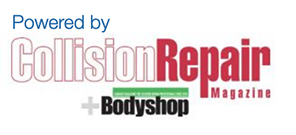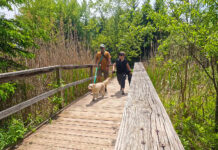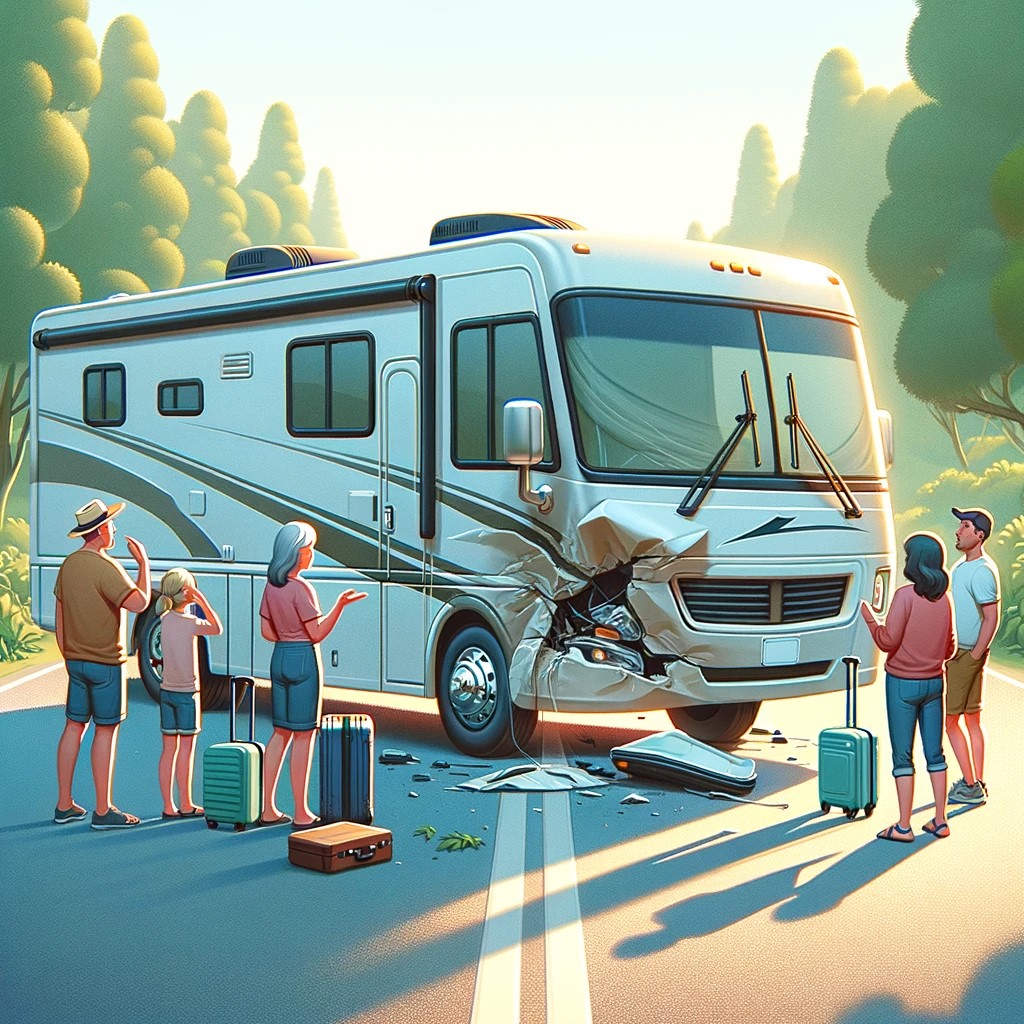When a collision occurs, it’s a disturbing event – especially when you are far from home.
Our friends at Collision Repair Magazine, Canada’s leading trade publication in the car repair sector, have prepared a Consumers Guide to Collision Repairs – here’s the chapter on RV repair.
RV Repair
Repairing a Recreational Vehicle after a collision involves specific steps that are somewhat more complex than those for a standard vehicle, primarily due to the RV’s dual nature as both a vehicle and a living space. Each repair may indeed vary significantly based on the extent and type of damage, but a general workflow typically followed by collision repair facilities for RVs can be outlined as follows:
1. Initial Assessment and Documentation
- Detailed Inspection: A thorough inspection is conducted to assess all damage. This often involves checking the structural integrity of the RV, the condition of the automotive components, and any damage to the living quarters.
- Documentation: All damage is documented with photographs and notes. This documentation is crucial for insurance claims and for planning the repair process.
2. Insurance Communication and Approval
- Estimate Preparation: Based on the initial assessment, the repair facility prepares a detailed estimate of the repair costs, including parts and labor.
- Insurance Approval: The estimate is submitted to the insurance company for approval. The repair facility may need to negotiate with the insurer to agree on the scope and cost of the repairs.
3. Disassembly and Further Assessment
- Disassembly: Parts of the RV that were damaged are disassembled to fully reveal the extent of the damage. Sometimes, hidden damage is found that was not visible during the initial assessment.
- Revised Estimate: If additional damage is discovered, a revised estimate may be prepared and submitted to the insurance company for further approval.
4. Structural and Body Repairs
- Frame Repair: If the RV’s frame is damaged, specialized equipment is used to straighten and reinforce the frame to factory specifications.
- Body Work: Exterior damages, such as dents, scratches, and breaches in the RV’s body, are repaired. This can include sheet metal work, fiberglass repair, or replacement of panels.
5. Mechanical and Electrical Repairs
- Systems Repair: All mechanical components affected by the collision are repaired or replaced, including the engine, transmission, braking system, and electrical wiring.
- Functionality Checks: Electrical systems, appliances, and fixtures within the living quarters are repaired or replaced and tested for functionality.
6. Refinishing
- Surface Preparation: Repaired areas are prepped for painting, including sanding and priming.
- Paint Matching: Paint is carefully matched to the RV’s original color to ensure a seamless finish.
- Painting and Sealing: The RV is repainted, and all seals and trims are checked and replaced if necessary to prevent leaks.
7. Reassembly
- Component Installation: After painting, the RV is reassembled. This includes the installation of external and internal components that were removed during the repair process.
- Systems Integration: Mechanical and electrical systems are reconnected, and the interior is reassembled.
8. Quality Control and Final Inspection
- Thorough Inspection: A comprehensive inspection is conducted to ensure all repairs meet quality standards and the RV is safe to use.
- Test Drive: The RV is test-driven to check the operation of the automotive systems.
- Final Clean: The RV undergoes a final cleaning before being returned to the owner.
Why Expertise Matters
Having someone familiar with the RV repair process is crucial for several reasons:
- Complexity: RVs combine aspects of automotive engineering with residential construction, requiring a broad range of skills for effective repair.
- Safety: Properly repairing an RV ensures the safety of its occupants and others on the road. This includes structural integrity, mechanical reliability, and safe operation of living quarters’ utilities.
- Insurance Liaison: Experienced repair facilities are better equipped to navigate the complexities of insurance claims, ensuring that all damages are accounted for and adequately compensated.
- Value Preservation: Quality repairs help maintain the RV’s value and extend its lifespan, which is especially important given the significant investment an RV represents.
In summary, the specialized nature of RVs demands a detailed and skilled approach to collision repair, underscoring the importance of selecting a repair facility with the right expertise and experience.

About Collision Repair Magazine’s Consumers Guide to Collision Repair:
The Consumers Guide to Collision Repair has everything you need to know to get through the aftermath of an auto collision or to help you be prepared if one should ever occur. Look through the 10 steps, fill out a checklist, watch an informational video or just browse at your leisure!
The 10 steps are designed to help take away some of the stress of being in a collision. This is indeed a difficult and inconvenient situation. Follow this 10-step guide to help make the right decisions to get your vehicle back on the road as quickly and safely as possible.
From Step 1 to Step 10, the guide is designed to keep you informed during the entire process. Stay smart. Stay safe. Read the 10 steps today.
Click HERE or on the banner below to access the RV chapter of the Consumers Guide to Collision Repair:























